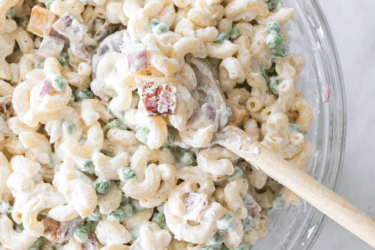A periodic inspection of your backyard could save you and your loved ones from a mishap.
You probably think of your backyard as a haven from the stresses and dangers of the world. It’s a place to relax, barbecue a couple of steaks, do a little gardening and perhaps watch the birds and butterflies. But is it a safe place for your child or grandchild? Is it a safe place for your neighbor’s child? A periodic inspection of your backyard could save you and your loved ones from a mishap. Here’s what to look for:
Play Equipment
Figures from the Consumer Product Safety Commission reveal that more than 200,000 children are injured each year on playground equipment. Most of those could have been prevented by adult supervision, and proper installation of equipment. If you have a swing set or other equipment, make sure that it is properly installed and maintained. Swing sets should be at least six feet from fences and buildings. They should also be anchored securely below ground to prevent them from tipping over. The surface underneath swings or climbing equipment should be sand or other soft material. Check equipment every month for cracks, rusting, sharp edges or other hazards.
Lawn Mower
Stones, glass, twigs and wire can become dangerous projectiles as they come flying off of a whirling mower blade. Children should remain in the house or at a safe distance while you mow the lawn. You should also store the mower where children cannot play with it.
Tools and Chemicals
Gardening and automotive tools and chemicals of all types should be kept out of reach of children and preferably in a locked cabinet. Fertilizers, herbicides and insecticides are all poisonous to young children.
Poisonous Plants
You can get a list of poisonous plants from the Internet or your local library. Some other common plants with poisonous parts include azalea, caladium, daffodil, hyacinth, oleander, spider lily and sweet pea. Preschoolers are especially prone to taste almost anything, so you may need to remove hazardous plants or erect a fence to keep your child from danger.
Trees
Small children love to climb trees, but you need to make sure your trees are as safe as possible. Trim the lower limbs of any tree you don’t want children to climb, and check others for cracked or damaged limbs. Don’t allow your child to climb a tree that has thorns. Also make sure there are no power lines near a climbing tree and no hazards, such as fences, patios or garbage cans beneath it.
Water
Parents are often diligent about pool safety, but overlook the danger of fish ponds and other decorative containers of water. Even a mop bucket or garbage can poses a drowning hazard for a toddler, so check your yard carefully for standing water. Recheck after heavy rains.
Remember to keep your child’s age and activity level in mind when checking your yard. If your child is very small, get down on his level and check things out. An active child needs uncluttered space to run and jump. An inquisitive child needs a safe environment to explore. If you frequently assess the safety of your backyard you can keep it safe from the stresses and the dangers of the world.
Mary E. Maurer is a freelance writer and elementary school teacher with a Master’s degree in education.




